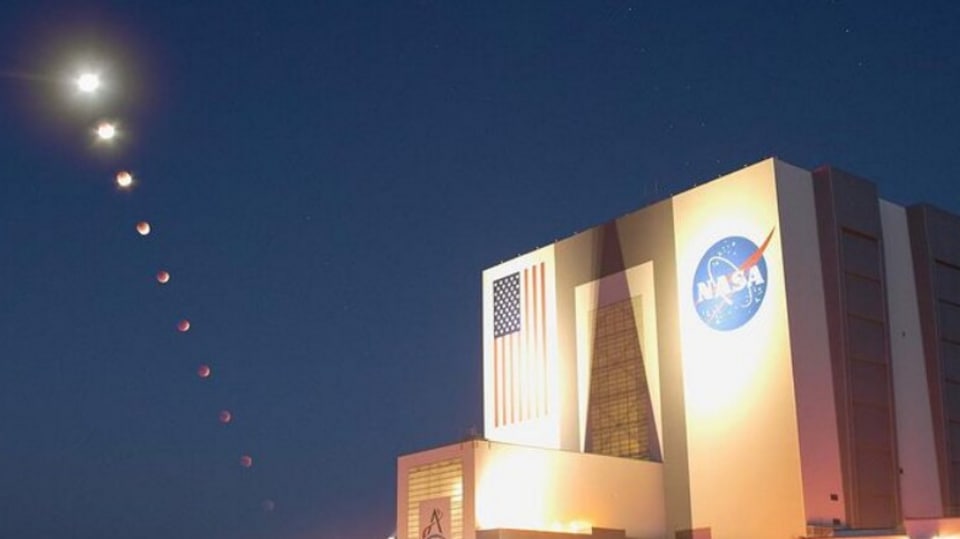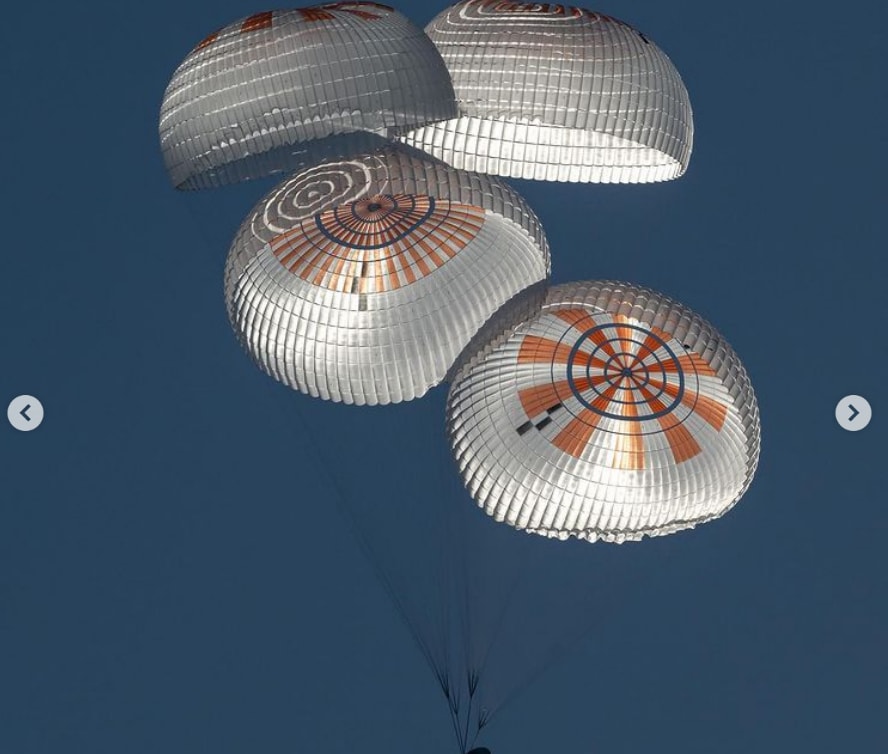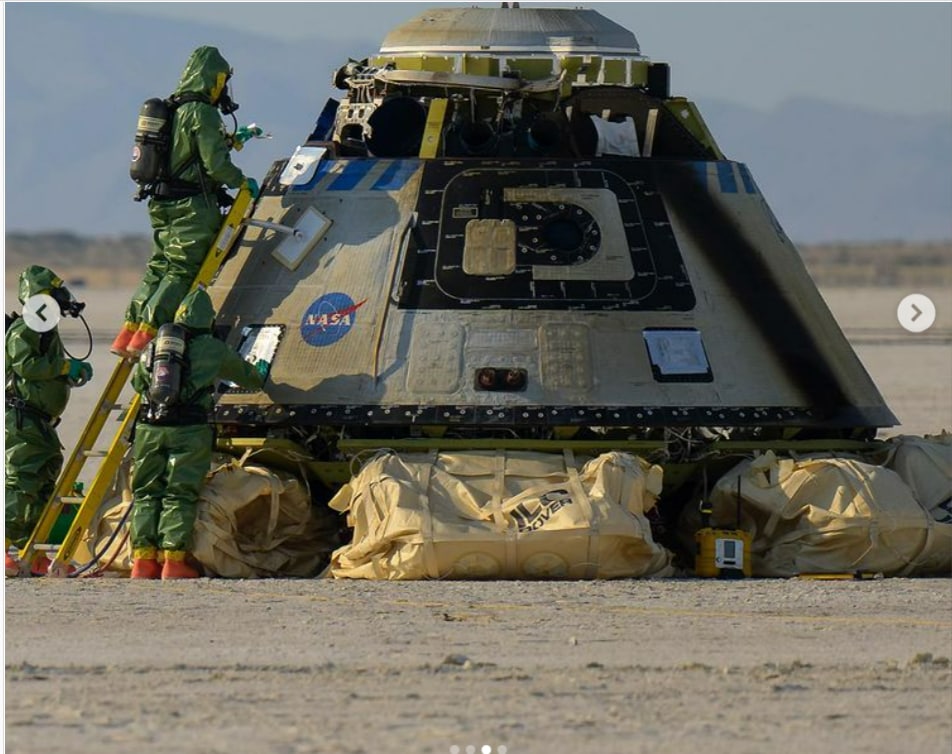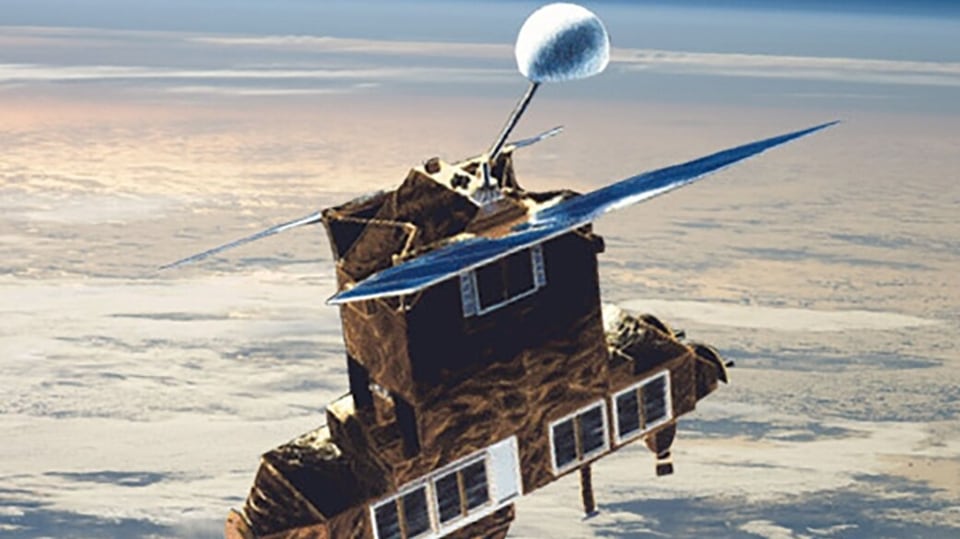38-year old NASA satellite set to fall on Earth today; injury scare alert
NASA’s retired Earth Radiation Budget Satellite (ERBS) is expected to reenter Earth’s atmosphere on January 8, 2023.






 View all Images
View all ImagesNASA has sent a huge number of technical gadgets like rockets, satellites, telescopes, spacecraft and more in space to monitor objects like asteroids, meteors, planets, Sun, galaxies, black holes and much more. However, some of that equipment has a nasty habit of falling back to Earth. In fact, NASA's famous Skylab fell back to Earth some 40 years ago, remember? And now as per the latest details, the dead, or retired, NASA Earth Radiation Budget Satellite will be falling back to Earth, it has been revealed. It will be reentering the planet's atmosphere most likely on Sunday, January 8, 2023.
Informing about the same, NASA said in a report, "in early January NASA's retired Earth Radiation Budget Satellite (ERBS) is expected to reenter Earth's atmosphere after almost four decades in space. For 21 of those years, the ERBS actively investigated how the Earth absorbed and radiated energy from the Sun, and made measurements of stratospheric ozone, water vapor, nitrogen dioxide, and aerosols."
As of January 5, the Department of Defense predicted that the 5400-pound satellite will reenter the atmosphere at approximately 6:40 p.m. EST on Sunday, January 8 with an uncertainty of +/- 17 hours. NASA and the Defense Department will continue to monitor the reentry and update the predictions, the report added.
NASA expects most of the satellite to burn up as it travels through the atmosphere. However, worryingly, components that are big and strong are expected to survive the reentry and hit Earth. While that is very risky, the chances of harm coming to anyone is very low – approximately 1 in 9400.
Launched from the Space Shuttle Challenger on October 5, 1984, the ERBS spacecraft was part of NASA's three-satellite Earth Radiation Budget Experiment (ERBE) mission. It carried three instruments, two to measure the Earth's radiative energy budget, and one to measure stratospheric constituents, including ozone.
ERBS far exceeded its expected two-year service life, operating until its retirement in 2005. Its observations helped researchers measure the effects of human activities on Earth's radiation balance. NASA has continued to build on the success of the ERBE mission with projects including the current Clouds and the Earth's Radiant Energy System (CERES) suite of satellite instruments.
Catch all the Latest Tech News, Mobile News, Laptop News, Gaming news, Wearables News , How To News, also keep up with us on Whatsapp channel,Twitter, Facebook, Google News, and Instagram. For our latest videos, subscribe to our YouTube channel.
































